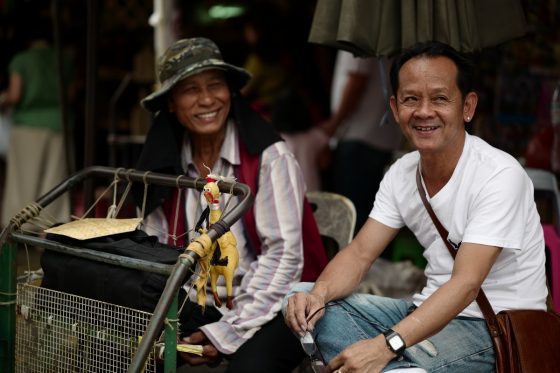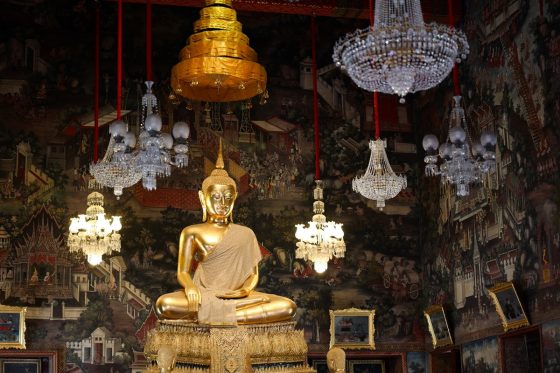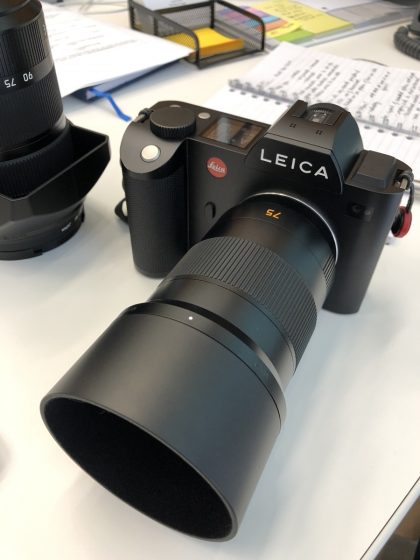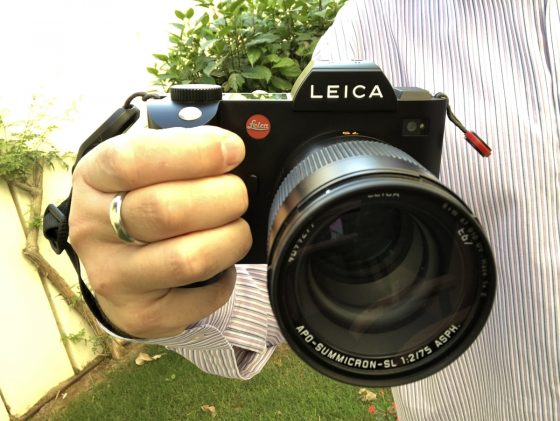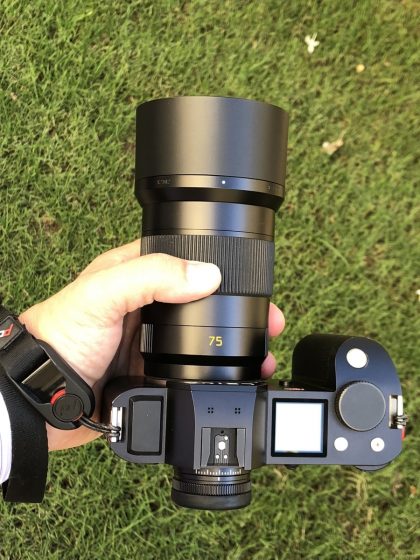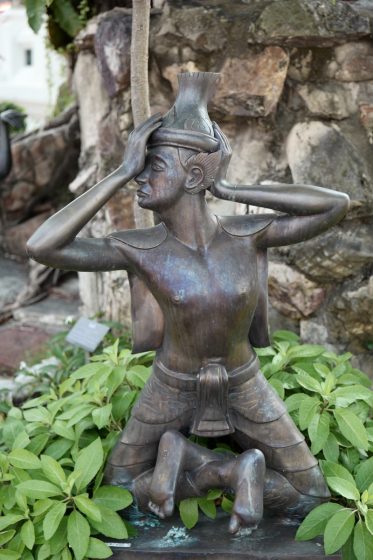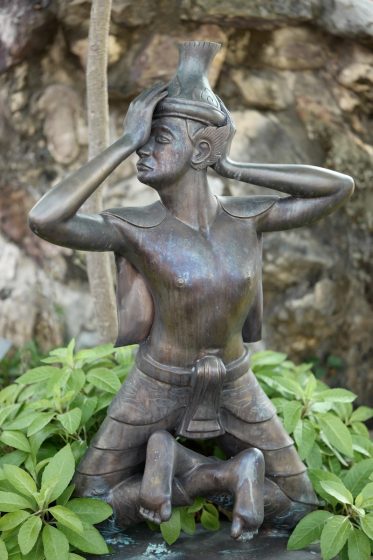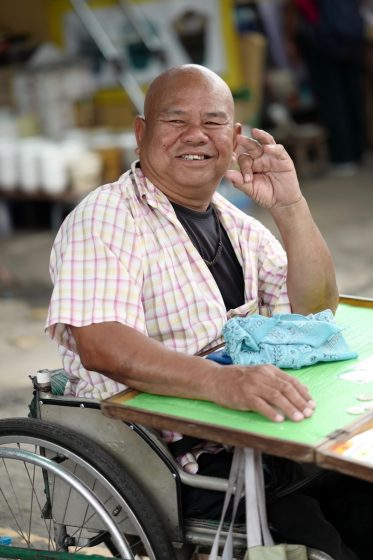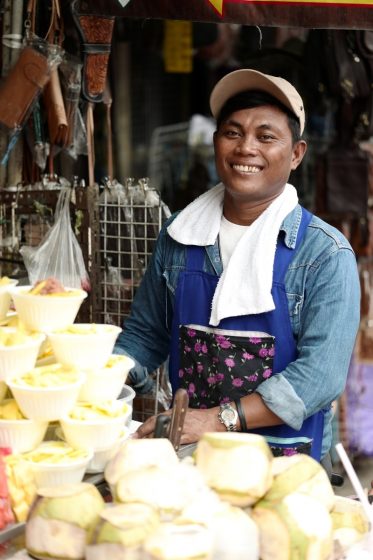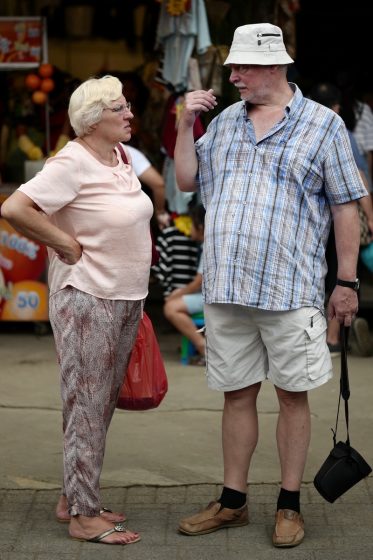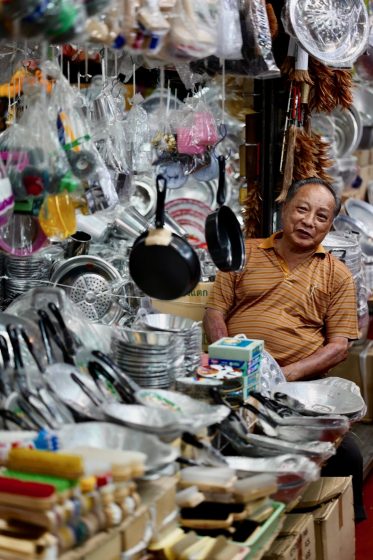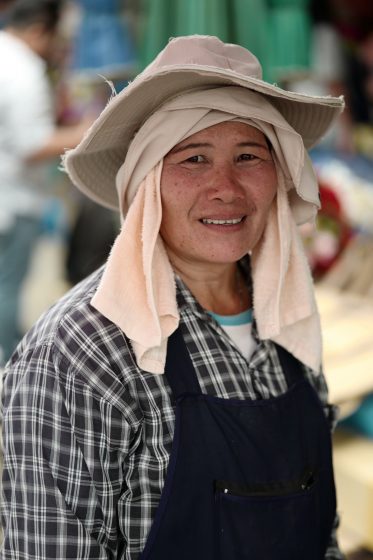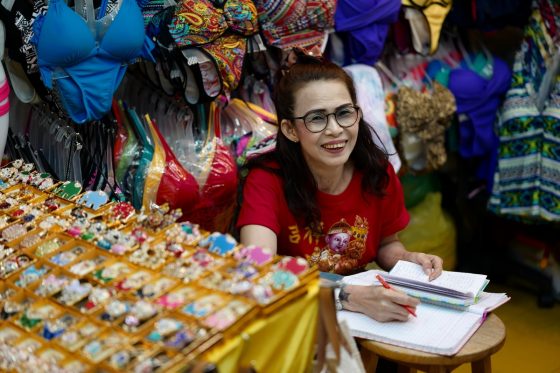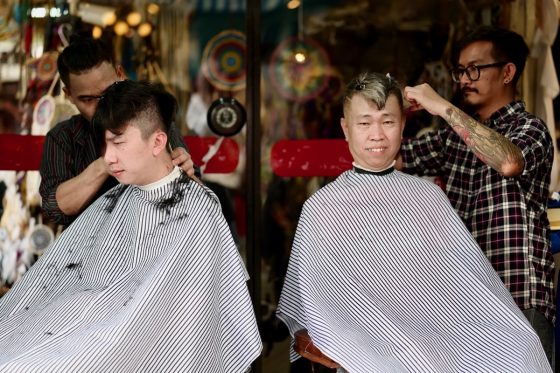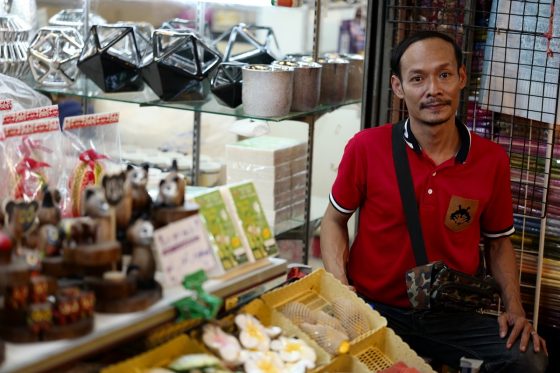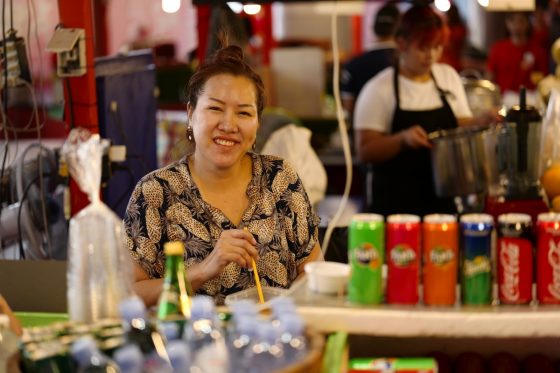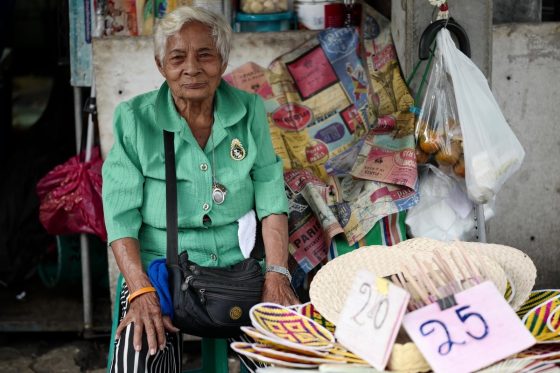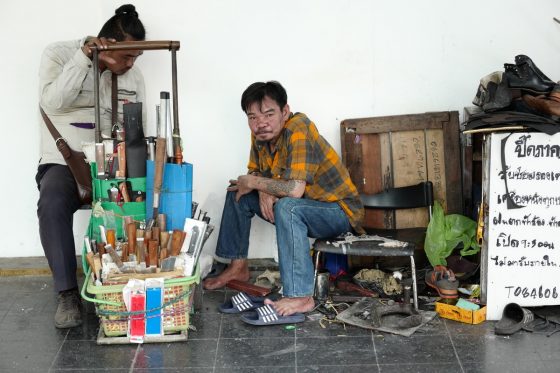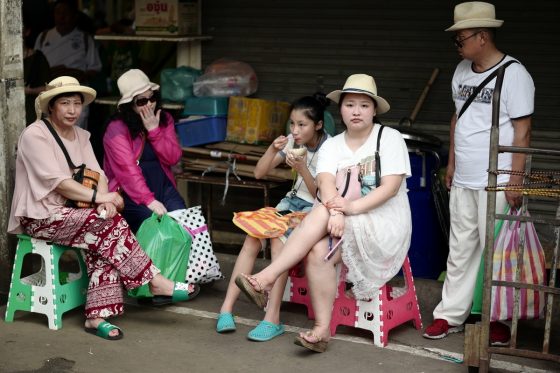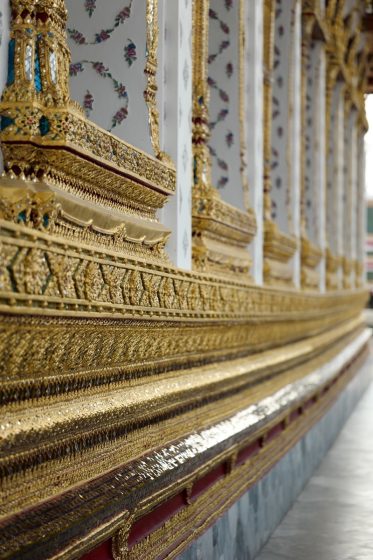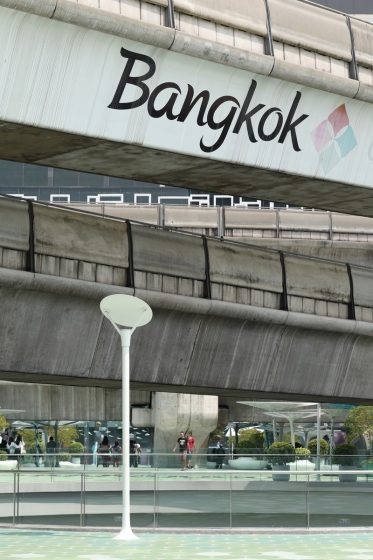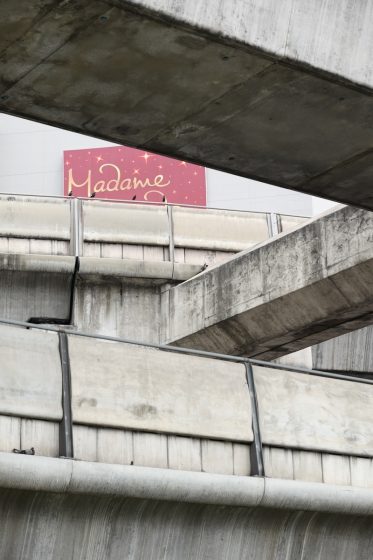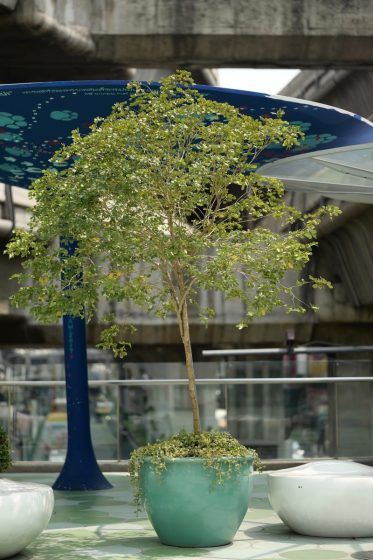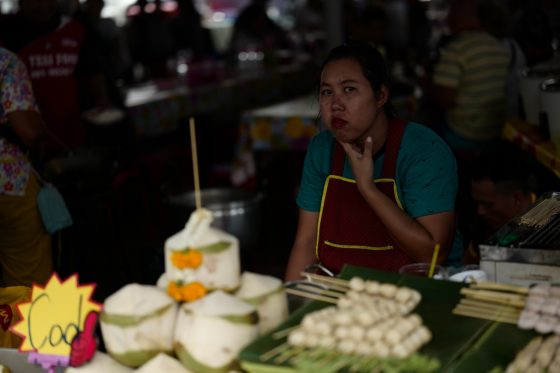Street and travel photography with the Leica APO Summicron-SL 75mm f/2 ASPH lens
Some background and context
It’s been a year since I invested in the SL, my first Leica, coming from over two decades of being an enthusiast Nikon fanboy and after exploring the Fuji X system. What finally made me invest in a Leica was not just the combination of brand, build and image quality, but the full-frame mirrorless body with it’s amazing EVF and that exceptional 24-90mm zoom. As gorgeous as the M cameras are, I just can’t work with rangefinder focussing and those fiddly little lenses. The real-time large EVF with WYSIWYG composition was enough for me to divest myself of some savings. Enough real world amateur sample images had convinced me that the results would be worth it; no more waxy skin tones being a key deal-maker. I’m not getting into a cost-benefit analysis or value for money comparison with other brands. Suffice to say that the difference was worth it to me.
One of the great elements of the Leica SL is the real-time, WYSIWYG EVF display that enables immediate exposure compensations for tricky lighting. Leica Summicron-SL 75mm f4.5 1/2500th ISO400.
Leica Summicron-SL 75mm f2 1/100th ISO400.
I was also taken with the idea of adapting a range of legacy manual focus lenses, but had also seen the Photokina announcement in September 2016 promising bespoke AF lenses for the SL. In the meantime I experimented with Leica M, R and Voigtlander lenses, as well as some old Nikon F and M42 cold war ‘novelty’ lenses. I’d been tempted by the SL-50mm but it’s size, weight and slow speed put me off, and it’s not a focal length that I imagine using enough to justify the cost. I very nearly bought a new Summicron M 75mm, but with the promise of the SL version I delayed my gratification. Little did I know that I would be waiting a full 18 months for it. But, in late January 2018 the lens was released from captivity. I managed to secure one of the first out of the Wetzlar fold from Dale Photographic of Leeds, UK, who securely and quickly shipped the lens to me at my workplace in Doha, Qatar. It arrived just a few days before I was heading to Bangkok for a week of street and travel photography. How excited was I?
The Leica APO-Summicron-SL 75mm arrives on my desk from Dale Photographic, UK.
This is not a lens test. I include one pair comparison images, but this article is intended as a user review, and a case for using the 75mm focal length as a street photography lens. What follows are my impressions and user experiences with the lens. Bear in mind that these are 300kb images. Larger versions are viewable at this Flickr page: Bangkok market portraits Enjoy.
Unboxing and handling
It goes without saying that the lens is a thing of beauty. Metal barrel, the usual Leica black (soon to be grey) rubber focus ring, sturdy plastic lens caps and bayonet hood (shame its circular and not the cooler looking rectangle), zippered leather pouch, paperwork, lens cleaning cloth and a huge, well-padded box. You know you have purchased a premium product. I was immediately impressed by the resistance that the fly-by-wire manual focus ring offered: indistinguishable from an R lens and certainly a significant improvement over those on Nikon and Fuji lenses. The Summicron SL is as quiet and quick to focus as promised. No whirring cogs and gaskets like on the SL-50mm or Leica S lenses, and none of their indecision. It was also pretty quick, as quick as the 24-90mm zoom, I’d say. Grins all round.
The 75mm balances well on the SL body without undue wrist strain. It is light and balanced enough to hang from three finger-tips of my right hand, with a Peak Design wrist strap as insurance against knocks or slips. In use I have one or two smaller fingers support the camera at the base. Sometimes I swap the wrist strap over and carry the camera by its lens in the left hand, ready to be the support when raised up and the right hand comes in to operate the camera. With the 24-90mm I prefer to have the multifunction grip in place as it balances the weight front to back, adds versatility for portrait shooting, and is more comfortable in the hand. Of course, it adds more weight, but the sharp edge of the camera base doesn’t push into the palm of my hand and I don’t need the little finger for support. There is no need for this with the 75mm: it remains as light and balanced as it does with either of my Summicron R lenses: 50mm and 90mm.
Leica 24-90mm at 60mm f3.7 compared with the Leica APO-Summicron-SL 75mm at f2.
The ‘assignment’
I have tried both 35mm and 50mm lenses for street and travel photography, and I know that they are the standard focal lengths (with some people being fans of the 28mm) for classic street photography. I have had limited success with these on all but a few occasions on the 35mm. I just don’t ‘see’ in that focal length. Purists may see my images and say they are not really ‘street’, but I’d say they are just a certain type within that genre. With street portraits I like to keep a respectful (and safe) distance from the subject. But I also see smaller, distant frames of a scene, picked out from a busy environment, and I enjoy the foreshortened perspective of a telephoto. No, Ken Rockwell, it isn’t just a matter of using your feet to get closer; the optical qualities of the lenses have a strong impact on the qualities and composition of the subject, to say nothing of the impact on facial proportions. So I’ve always just relied on zoom lenses, at the cost of wider depth of field and greater background distraction. A key appeal of the 75mm is the ability to blur out background and foreground by working constantly at f2-f2.2, and using that lovely bokeh to isolate the subject and make it a ‘portrait in an environment’, as distinct from an environmental portrait like one might get from a 35mm or 50mm lens.
I used the lens on three half-day sessions in Bangkok, Thailand: Chatuchak weekend market, Wat Pho Buddhist temple and at the giant indoor market-meets-shopping mall MBK, with it’s Chinese New Year food market. These gave me plenty of time to soak up and observe the atmosphere, to connect briefly with the people, and to get to know the SL75. So, how was it?
Autofocus: use and accuracy
As already mentioned, the AF on the Summicron-SL 75mm is very quick and very quiet. Mostly it’s also very accurate. It prefered sharp contrast areas within the frame, but very rarely hunted back and forth. The focus plane at f2 at 75mm is not so shallow that it’s crucial we are getting one eye in focus because the other will be out, especially at the distances I’m working from. For me, 75mm seems to be the sweet spot for getting the subject in focus and the background blurred out enough to be recognisable but not a distraction, in most situations. And of course the focus roll off is smooth and pleasing to the eye.
However, I did notice one annoyance that may be rectifiable in future by changing my working method. I typically set the camera to MF and back-focus by moving and pressing the rubber button on the camera. I have AF Field size set to ‘Field’ so I only have 37 locations to place the red focus square in the image, leaving out corners. I also have red focus peaking permanently on so that I can see exactly what my depth of field is getting into sharp focus. The limited number of selection points can be bothersome, but I simply use the nearest to the focal point and then work the framing around that, or focus and slightly recompose. The majority of times this worked well. But on a few occasions it seems that the outside of AF display rectangular box is where the focus is seeking contrast; not inside the box, but on the red lines of perimeter itself. There are a few images where the subject’s face was pretty much inside the box when I focussed, and yet what I see in the resulting image is the subject’s silhouetted, high-contrast hair in focus; with the central softer features of the face being out of focus. It was also a little frustrating to note that at the time the focus peaking suggested that the facial features would also be in focus. But upon examination on the computer at home it becomes clear that I missed the eyes and mouth in favour of the hair or ears in a few shots. I’m prepared to admit that this may be user error and that I need to try the cross hair focus point. And it could well be my focus and recompose technique, although the errors are always the same: hair is sharp, eyes are not, as seen in this example below.
It’s not something I’ve noticed on the 24-90mm either, but that could be because the narrow aperture (f3.7) at that focal length is bringing the face in to the focal plane. I could also try face detection, but since I wasn’t always photographing people, that wasn’t really suitable. However, when the focus is right, boy is it amazingly sharp.
Image rendering and optical quality
This is, of course, one of the USPs for Leica and why they have their reputation. And this will be the reason why people purchase this lens: the oft-applauded combination of sharpness, shallow depth of field and creamy bokeh. I’ll mostly just let the images speak for themselves. Suffice it to say that I find the rendering of skin tones, the rich colours (straight out of camera jpgs included), the depth of field, the 3D-like rendering, the edge-to-edge sharpness at any aperture and the bokeh all to be grin-inducingly beautiful; nay, magical. The lens excels in all aspects of image quality.
One noteworthy characteristic that did stand out from use of this lens was that, according to both the focus peaking at the time and the results at home, it simply didn’t matter what aperture I used; the images were just amazingly sharp. By that I mean there was no discernable improvements in image quality by stopping down the aperture. It was also difficult to get all ‘planes’ of the image in to focus, even using manual hyper-focussing, although this could be a product of the huge differences in subject distance, and be the same on any medium telephoto rather than just this specific lens.
Contrast that with my Voigtlander 50mm where I can see the red lines of focus peaking spread out from the centre of an image as I stop down, like watching a spider make a cobweb in fast forward.
A strange quirk or annoyance
On a few occasions on the first day, and once on the third day, the lens seemed to freeze up or glitch on me. I’d have the image clear and bright in the viewfinder and then just as I pressed the shutter release it would go dark (not black) and record a badly underexposed photo. Changing the exposure made no difference. It would do this for a couple of shots before I resorted to switching the camera off, unlocking the lens and rotating it in the bayonet mount and then locking it back in and switching the camera on. This cured the problem for the rest of the session. But it’s odd. It was as if the camera was stopping the aperture down just at the moment of releasing the shutter, except that it should be at the widest by default and was set at f2: so why did it stop down to a random aperture without compensating for it in shutter speed? Luckily, the images have enough dynamic range that I could recover most of them into something worth keeping, even just using the brightness control in Apple Photos. I imagine ad expect that Lightroom would recover even better detail from the shadowed image, when I get around to it.
Leica APO-Summicron-SL 75mm f2 1/400th ISO100 out of the camera and after exposure adjustment in Apple Photos.
Conclusion
What a great lens. I’m glad I splashed out, and it was worth the wait. It’s a great size and weight for long periods of hand held use, and it’s quick and accurate enough to be very productive in a moving and busy environment. It also confirmed my suspicion that 75mm is a great street lens for my shooting style and my photographer’s eye. Rarely, if ever, did I wish I had a 35mm or a 50mm in these contexts. And when I did want the wider view I had my 24-90mm which still produces wonderfully sharp and surprisingly well-separated images. But when I’m there for one type of image, ‘portraits in an environment’ I really appreciated the reduced size and weight, the extra one or two stops of light and the shallower depth of field.
Next time I set myself an assignment I’ll experiment with a couple of different AF settings and adapt some of my technique to see if I can overcome the errors and disappointments. And if the glitched-dark images persist then I might email Leica for their input. But neither of these limitations are bad enough to spoil the joy of using this lens, or the pleasure gained by pouring over the delicious images that it produces.
Anton Kertez
If you have an interesting idea for a guest post, you can contact me here
Check Leica APO Summicron-SL 75mm price & availability at B&H | Adorama
Like: Leica Lenses Facebook Page | Join: Leica Lenses Facebook Group
